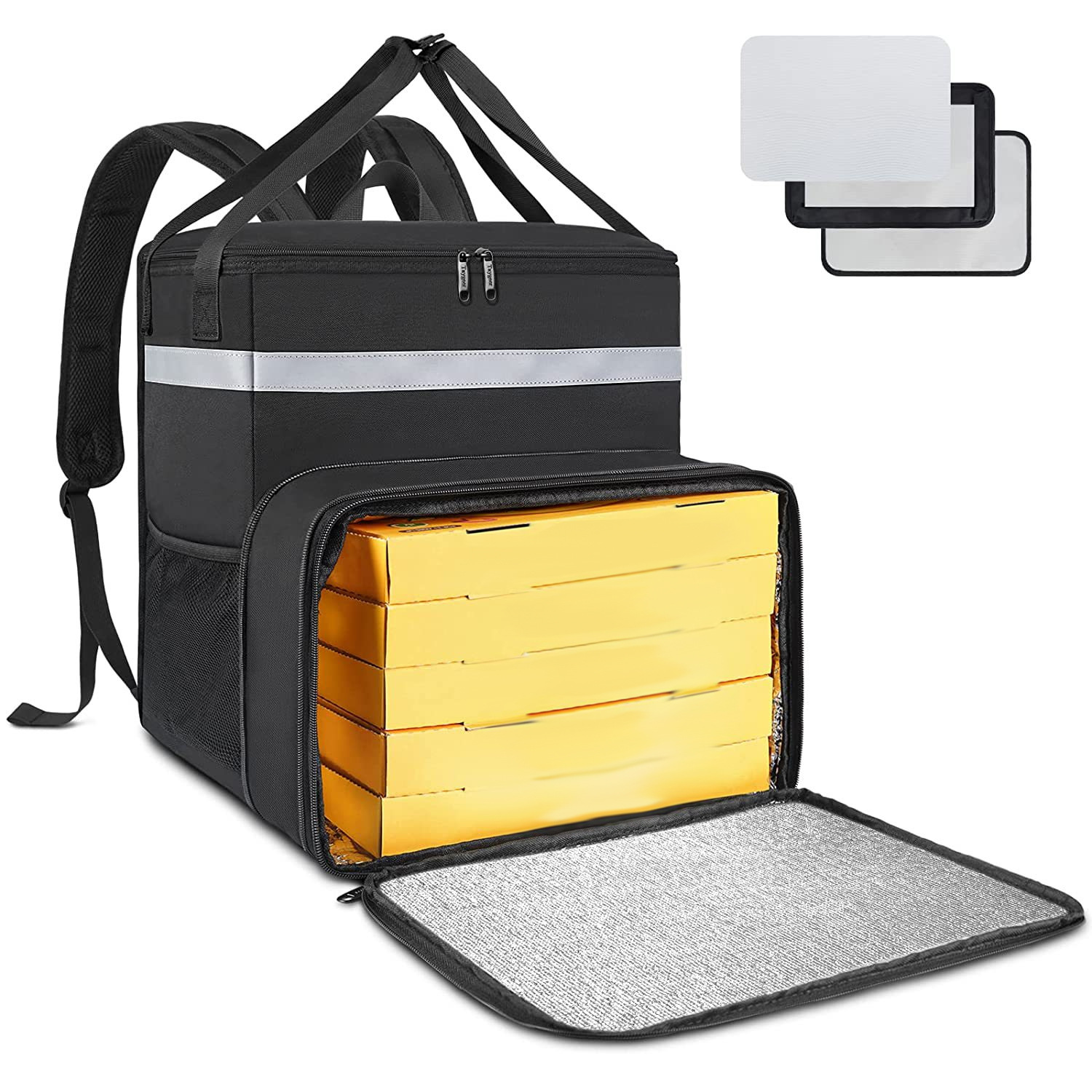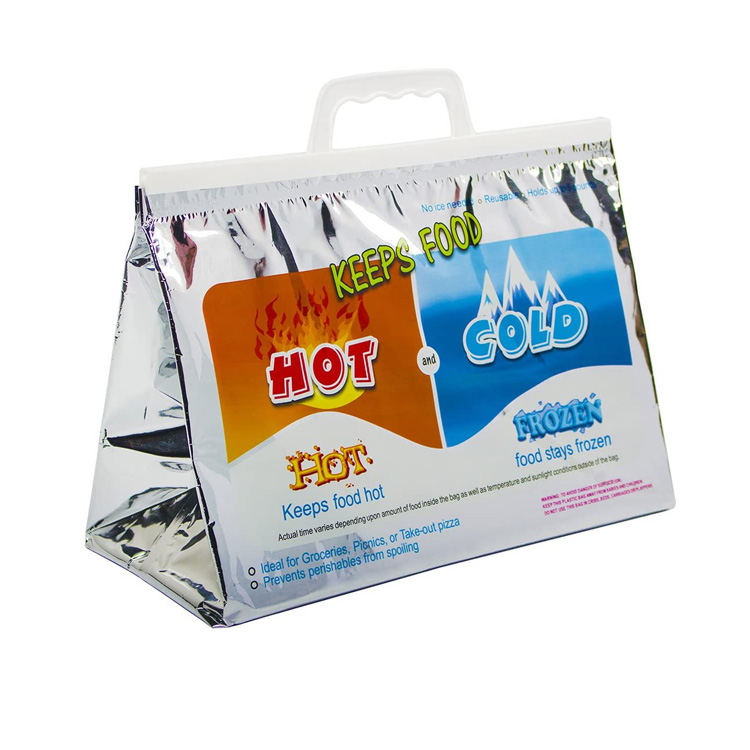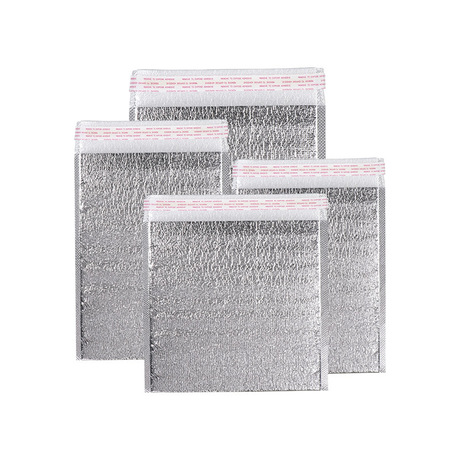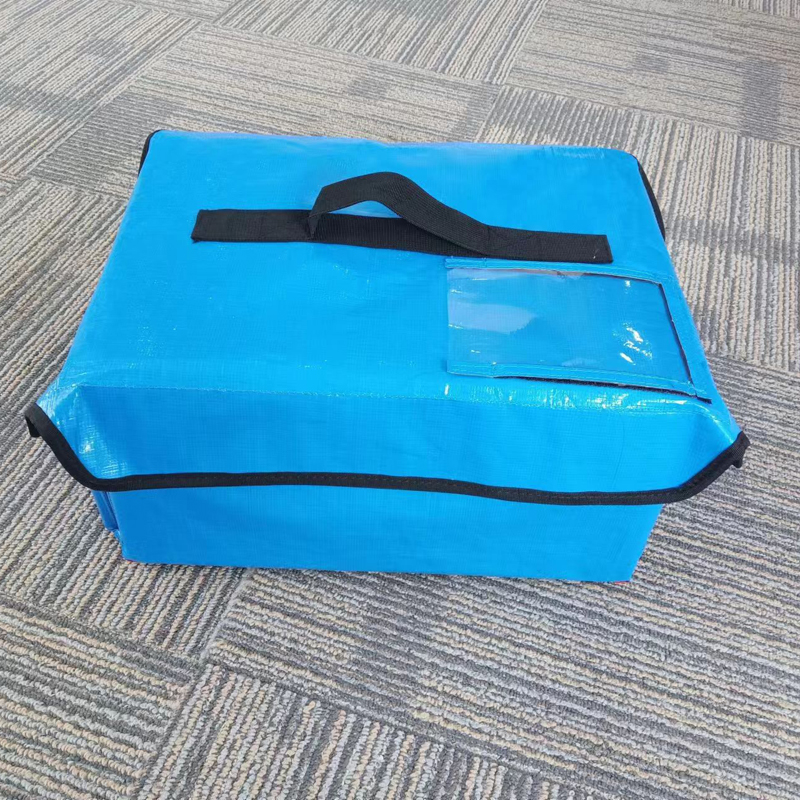During the recent Mid-Autumn Festival and National Day holidays, people were inevitably visiting relatives and friends, exchanging gifts. As residents of Ningbo, a city by the sea, fresh food naturally became the top choice for gifts. Observant citizens may have noticed that in recent years, a new type of preservative ice pack has gradually replaced the traditional method of using pure ice blocks, becoming the most common “companion” for transporting fresh food. Compared to the traditional ice packs, which melt into ice water over time, these new ice packs can remain solid when the fresh food is received. So, what exactly is inside these new ice packs? How should they be handled? A reporter conducted an investigation.
Internal Components: High Polymer Compounds
Tidak beracun, Harmless, and Highly Absorbent
Mr. He, a citizen who raised this question, told the reporter that not only during holidays but also on regular days, his family often buys fresh food online. Initially, he thought these ice packs were great because they could be used when he had a fever or a sports injury. So, every time he received an ice pack, he would put it in the freezer. Over time, he accumulated more and more ice packs and had to dispose of some.
Mr. He is a meticulous person in life and performs garbage sorting quite well. Before discarding the ice packs, he observed their outer packaging but found no disposal instructions. To avoid burdening sanitation workers, he cut open the melted ice packs, intending to pour the liquid into the sewer before discarding them. Namun, he discovered a gel-like substance inside. Mr. He noticed that this gel-like substance could not flow naturally into the sewer and needed a strong water flow to be flushed away.
“Will this pollute the water? How should we properly dispose of these new ice packs?” Since most ice packs provided by merchants do not have ingredient information, the reporter searched online and found that the main components of the preservative ice packs are sodium polyacrylate and carboxymethyl cellulose.
Gel-like Substance in Melted Ice Packs
To understand better, the reporter consulted Li Na, a leading chemistry teacher at Long Sai Middle School in Zhenhai District.
“Sodium polyacrylate is a polymer material with numerous hydrophilic groups, providing strong water absorption, excellent water retention, thickening, and gel functions. Carboxymethyl cellulose is an anionic cellulose ether, appearing as a white or slightly yellow flocculent fiber powder or white powder, odorless, tasteless, and non-toxic; it dissolves easily in cold or hot water, forming a transparent solution with certain viscosity; it has hygroscopicity and functions such as thickening, moisture retention, adhesion, stabilization, emulsification, and suspension,” Li Na told the reporter. These polymer materials form a gel when hydrated, and when frozen, they can extend the melting time. They are non-toxic, odorless, and quite stable, which is why these ice packs can be reused as long as the outer packaging is intact.
Currently Classified as Other Waste
Dispose of with Outer Packaging for Harmless Treatment
Although these new ice packs are generally non-toxic and harmless, with the booming express delivery business today, the derivatives of these products will increase, and the associated problems should be taken seriously.
The reporter consulted the staff at the Ningbo Municipal Bureau of Ecology and Environment regarding whether the internal components of the ice packs should be poured directly into the sewer. The staff responded negatively: “Although it will not pollute the water, these substances have strong water absorption and will expand in volume when encountering water, which can easily block the sewer. It is recommended to dispose of them with the outer packaging.”
So, in terms of waste sorting, which trash bin should these ice packs be put into? The staff at the Ningbo Municipal Household Waste Sorting Guidance Center stated that household waste is generally categorized into four types: recyclable, hazardous, kitchen, and other waste.
“First, it can be excluded from kitchen waste. Based on its non-toxic and harmless nature, it clearly does not belong to hazardous waste,” explained the staff. As for whether these ice packs are recyclable, this depends on the industry’s recycling system. “Whether high-value or low-value recyclable items, such as cardboard and plastic bottles, the main point is that they have a recycling chain in the market. Saat ini, ice packs are not in this sequence, so they can only be treated as other waste for harmless disposal.”
Recommendations
Mark Ingredients and Disposal Methods on Packaging Future Exploration of Reverse Logistics Recycling Systems
Given the reusable nature of preservative ice packs, adhering to green concepts of energy-saving and environmental protection, is it possible to dispose of these ice packs more properly in the future?
The staff at the Ningbo Municipal Household Waste Sorting Guidance Center stated that the State Council’s “Guiding Opinions on Accelerating the Establishment of a Green and Low-Carbon Circular Development Economic System” requires “accelerating the implementation of the producer responsibility extension system, guiding production enterprises to establish reverse logistics recycling systems.” For products like ice packs used in niche and specific industries, the industry should regulate and guide them to return to the source for recycling. Sementara itu, regulatory authorities should strengthen guidance and supervision, emphasizing the producer’s responsibility and the user’s reduction responsibility.
Namun, the reporter found on online shopping platforms that these preservative ice packs are cheaply priced, with bulk purchases costing only a few cents per pack. Compared to the entire process cost of collection, transportation, sorting, and cleaning, neither the manufacturers nor the users of these ice packs are motivated to carry out recycling.
“Whether through future regulations or simple recycling processes, even if treated as waste, manufacturers must indicate the nature of the substances inside the bags, specify whether they are harmful, and provide detailed disposal methods on the packaging. This way, consumers can handle them with peace of mind,” suggested the staff at the Ningbo Municipal Household Waste Sorting Guidance Center.
Cited from https://baijiahao.baidu.com/s?id=1779281029004789696&wfr=spider&for=pc























